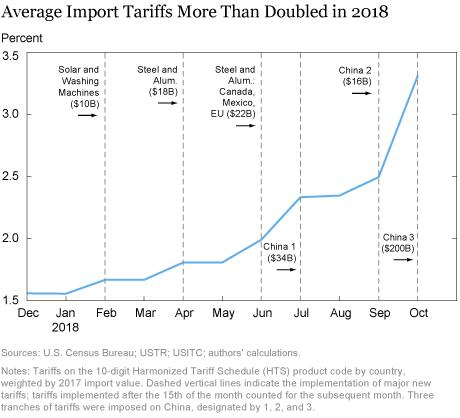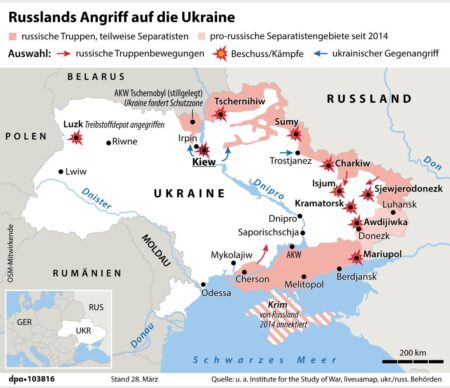In an era marked by escalating tensions and shifting economic strategies, the global landscape is witnessing a stark contrast between two of the world’s leading economies. While the United States pursues a path of protectionism characterized by the imposition of tariffs and the construction of barriers around its market, China is embracing a strategy of openness and engagement. This article delves into the implications of these diverging approaches as the U.S. seeks to shield its domestic industries and safeguard its economic interests, while China positions itself as a champion of free trade and international cooperation. In examining these contrasting tactics,we will explore how they reflect broader geopolitical dynamics and their potential impact on the global economy,trade relationships,and the balance of power in the 21st century.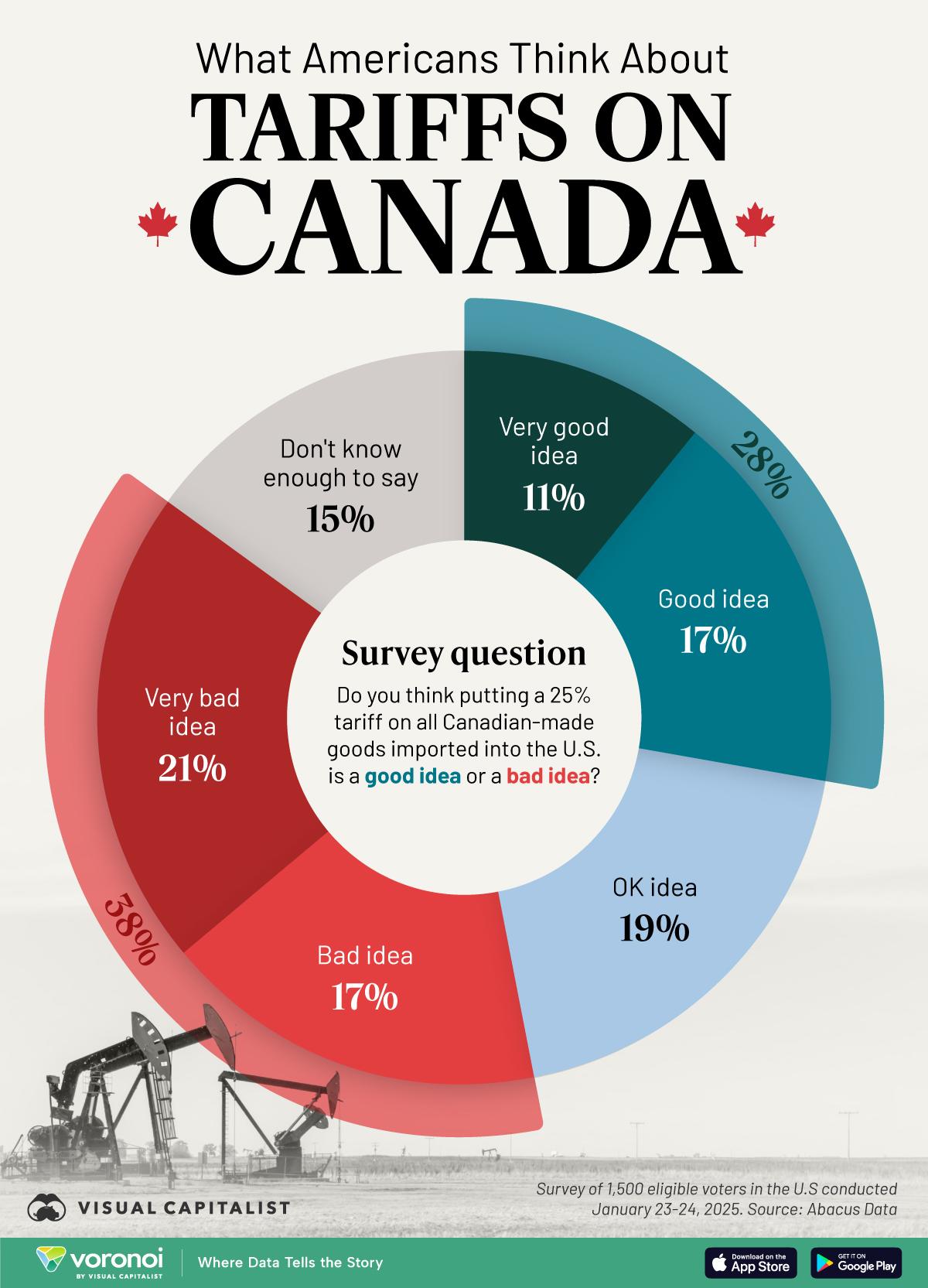
U.S. Protectionism in the Face of Globalization Challenges
As the U.S.government increasingly resorts to protectionist measures, such as imposing tariffs on imported goods and advocating for stricter immigration controls, the global economic landscape is undergoing significant shifts. This trend towards isolationism not only poses challenges for foreign relations but also risks stifling domestic innovation and competitiveness.While American businesses grapple with the uncertainty surrounding trade agreements, many industries are witnessing a chilling affect, leading to hesitance in investment and expansion. Uncertainty regarding tariff rates and trade barriers can cause companies to rethink their supply chains,perhaps resulting in higher prices for consumers and a decline in job growth.
In contrast, China is actively pursuing an agenda of economic openness, presenting opportunities for U.S. businesses to engage with one of the world’s largest markets. as China embraces international trade, initiatives aimed at lowering tariffs and easing import restrictions showcase its commitment to a more integrated global economy. This divergence raises critical questions about the long-term viability of a protectionist approach.Moreover, as countries become increasingly interconnected, the benefits of collaboration may outweigh the perceived short-term gains of isolation. In a world where technology and information flow cross borders seamlessly, a unilateral retreat from globalization could ultimately undermine America’s position as a leader on the global stage.
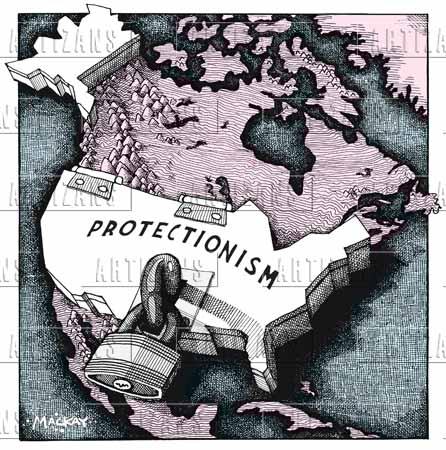
Chinas Strategic Embrace of Economic Openness and Reform
In a strategic pivot that contrasts sharply with recent trends in Western economies, China has embarked on a bold path of economic openness and reform.This approach is motivated by a commitment to enhance its global economic standing while fostering internal growth. Crucial components of this strategy include:
- Elimination of Tariffs: China has initiated dialogues to reduce tariffs on imports,promoting a more competitive market landscape.
- Foreign Investment Initiatives: The government has eased restrictions on foreign ownership, enabling international companies to access growing domestic markets.
- Innovation Promotion: With a focus on technology and sustainability, China is investing in cutting-edge industries, inviting collaboration with global partners.
This embrace of economic openness serves not only to attract foreign capital but also to signal China’s readiness to engage on the global stage amid increasing protectionist sentiments from rivals. To illustrate this transformative approach, the following table highlights key reforms and their anticipated impacts:
| Reform | Impact |
|---|---|
| Opening up the services sector | Increased foreign participation and expertise. |
| Encouraging technology transfers | Strengthened innovation ecosystem. |
| reducing the negative list for foreign investments | Wider opportunities for global investors. |

Implications for Global Trade Dynamics in a Divided Economy
The current geopolitical landscape presents a stark juxtaposition between protectionist tendencies in the U.S. and an increasingly open approach from China. As the U.S. enforces tariffs and erects barriers, trade partners may struggle to recalibrate their strategies, leading to a slowdown in global supply chains. The implications of such actions can result in the following consequences:
- Fragmentation of trade Alliances: Countries may feel pressured to choose sides, disrupting existing alliances.
- Increased Costs: Higher tariffs can lead to inflated prices for consumers and businesses, prompting a reevaluation of sourcing strategies.
- Innovation Stagnation: A divided economy could stifle collaboration in technological advancements, particularly in sectors like AI and renewable energy.
in contrast, China’s strategy to open its markets could enhance its position as a global trade leader, drawing investments from nations seeking to diversify their trade relationships. This shift could attract nations looking for stable economic partnerships and may lead to the establishment of new trade routes. A brief comparative analysis of trade dynamics illustrates this point:
| Aspect | U.S.Approach | China’s Strategy |
|---|---|---|
| Market Access | Restrictive | Expansive |
| Trade Relations | Unilateral | Multilateral |
| Investment Climate | Uncertain | Welcoming |
This disparity in approaches not only reshapes bilateral interactions but also forces a reevaluation of economic strategies among countries caught between these two giants. The ensuing trade dynamics could lead to a realignment of international markets, whereby nations prioritize aligning with the more cooperative trading partner to secure economic stability and growth.

Recommended Policies for a Balanced and Inclusive Trade Future
To pave the way for a more balanced and inclusive trade future, it is indeed imperative that nations adopt policies that prioritize cooperation over confrontation. Promoting multilateral trade agreements can help maintain a stable global trading surroundings while reducing reliance on unilateral actions, such as tariffs. In this context, the following strategies should be considered:
- Strengthening international institutions to facilitate transparent trade negotiations.
- Encouraging regional trade partnerships that benefit developing economies and reduce the economic divide.
- Implementing fair trade practices to ensure that labor rights and environmental standards are upheld across borders.
In tandem with these strategies, governments should invest in technological advancements and infrastructure that support equitable trade practices. Emphasizing sustainability and innovation can enhance the competitiveness of industries while addressing the pressing challenges of climate change and resource depletion. A collaborative approach would encompass:
| Policy Focus | Impact on Trade |
|---|---|
| Digital Trade Promotion | Facilitates global commerce through reduced barriers in e-commerce. |
| Investment in Green Technologies | Encourages sustainable production methods and reduces carbon footprints. |
| Skills Advancement Programs | Equips the workforce for emerging sectors,enhancing productivity and competitiveness. |
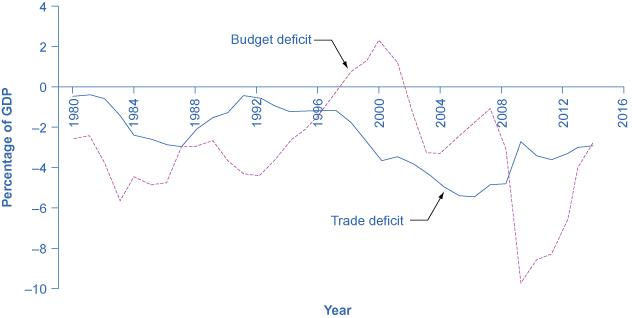
To Conclude
As the U.S. continues to grapple with shifting trade policies and the complexities of its economic landscape, China’s recent moves towards greater openness present both opportunities and challenges for global markets. The contrast between these two economic giants highlights a pivotal moment in international trade dynamics, where protectionism meets a different form of engagement. As nations navigate this evolving terrain, it remains crucial for policymakers, businesses, and individuals alike to stay informed and adaptable. The economic strategies adopted in this era of uncertainty will not only shape national interests but will also influence global trends for years to come. In a world increasingly defined by interconnectivity, understanding the implications of these developments is more important than ever.

